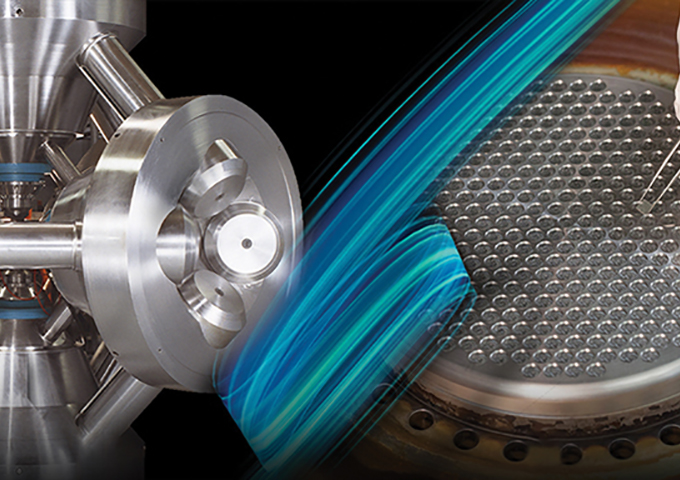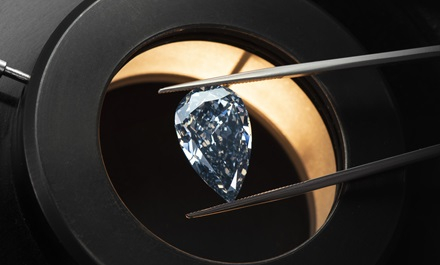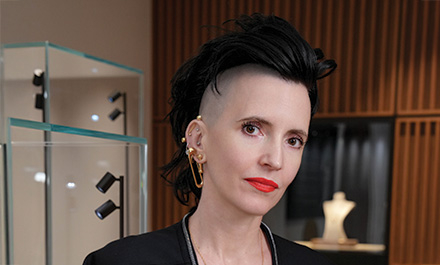The Gemological Institute of America is relentlessly making advances in lab-grown diamond testing and identification to foster consumer trust and confidence in the thriving LGD sector.
This article first appeared in the Lab-Grown Diamond Special, May 2022.
The Gemological Institute of America (GIA) is helping consumers make informed buying decisions by providing state-of-the-art grading and identification services for lab-grown diamonds (LGD). At the heart of these initiatives is the GIA Laboratory-Grown Diamond Report alongside continuous research on LGDs, according to Tom Moses, executive vice president and chief laboratory and research officer at GIA.
The digital reports cater to lab-grown diamonds in the D to Z range as well as fancy colour diamonds. They include colour and clarity specifications, the method used to grow the LGDs and whether there is evidence of post-growth treatment.
Moses underscored the importance of certification in the LGD field, noting growing demand for GIA’s Laboratory-Grown Diamond Reports amid rising consumer awareness. “As laboratory-grown diamonds have gained acceptance in the trade and by consumers, often as a category distinct from natural diamonds, it is important that their origin and characteristics are properly disclosed,” he said.
GIA first examined gem-quality lab-grown diamonds created by General Electric more than 50 years ago and published the first scientific study of the then-new material in 1971. At present, GIA can identify LGDs produced via high pressure, high temperature (HPHT) and chemical vapor deposition (CVD) methods with 100 per cent accuracy. It continues extensive and in-depth research on lab-grown diamonds to stay ahead of advances in growth processes, treatments and technology.
“That research includes growing CVD diamonds in our own research facility to ensure we have up-to-date insights into new technology, processes and treatments. We also use these in-house produced synthetic diamonds to refine and challenge our identification abilities,” Moses disclosed.
GIA sees glowing opportunities for lab-grown diamonds, provided these are properly disclosed. Moses said modern growth technologies have allowed producers to grow high-quality LGDs in greater quantities and bigger sizes for the gem and jewellery market.











